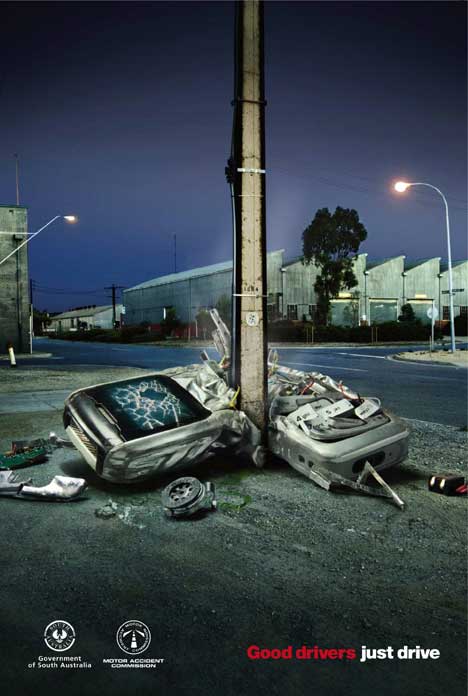The cognitive biases mentioned in the blog showed that people are not always rational beings. Their decision making is contingent on the on the kind of information that were provided, what readily comes to their mind and their subjective impression of an issue.
Putting these factors together, we can see that risk perception of people may also be subjected to the same bias since it requires people to form judgments or beliefs that are subjected to the influence of bias. Risk perception is the peoples’ subjective probabilities of a risk occurring and it is the part of a risk management process. It was found that people tend to under-react certain kinds natural hazards like earthquakes, overreact to naturals hazards like tornadoes and overreact to technological risk.
From the diagram, subjected tend to underestimate the frequencies of common cause of death like stroke, heart disease and stomach cancer and overestimate the frequencies of rare cause of death such as flood and botulism. Also, even though motor accidents and stomach cancer causes almost same frequencies of death, subject gave higher estimates of motor accidents. Such a bias can be explained by availability heuristic. Death of motor accidents are more dramatic, sensational and often featured on the media.
It is therefore likely that people retrieve the images or information related to motor accidents easier thereby overestimating the frequency.
Knowing that nearly all, scientist, politicians and journalist are subjected to the influence of cognitive bias and its implications in risk assessment, It is always better to consider how decisions are made and how it would differ if made objectively before we adopt a position.


